|
The Urban Wildlands Group The Urban Wildlands Group is dedicated to the conservation of species, habitats, and ecological processes in urban and urbanizing areas.
|
Older NewsDecember 27, 2012 -- Science Director Travis Longcore, Executive Officer Catherine Rich, GIS consultant Beau MacDonald, and co-authors published a new paper that estimates per-species mortality for birds killed at communication towers, in the journal Biological Conservation.
Coverage of the paper was published in a Scientific American podcast (Communication Towers Pluck Birds) and blog (Communication Towers are Death Traps for Threatened Bird Species), and ABC News (Radio and TV Towers Killing Songbirds; Solution Is Simple). November 17, 2012 -- Science Director Travis Longcore spoke at a panel on "Airborne LA" at a meeting of the American Institute of Architects, Los Angeles Committee on the Environment. Report from panelist D. J. Waldie, Local Architects Looking Up: Aeriality and Los Angeles. August 6, 2012 -- Science Director Travis Longcore, students from his UCLA senior practicum class, and colleagues published a paper on use of anticoagulant rodenticides in residential neighborhoods. These poisons harm non-target wildlife, so the best approach is to avoid using them!
May 20, 2012 -- We released a report on the status and variability of mission blue butterfly in the Golden Gate National Recreation Area. GIS analyst and applied biogeographer Beau MacDonald took the lead in collaboration with Science Director Travis Longcore and Stu Weiss from Creekside Center for Earth Observation.
April 25, 2012 -- A new scientific paper, led by UWG's Travis Longcore and Catherine Rich, estimating avian mortality at communication towers was published in PLoS ONE. The birds are attracted to the lights during nocturnal migration and collide with the towers and the cables holding them up. UWG's GIS consultant, Beau MacDonald, integrated (and did quality control on) three sources of tower data and made the maps. Agency representatives from the United States and Canada, as well as several pioneers in tower mortality studies collaborated on the paper. Through coordination with and assistance from USC media relations, the story made news around the world.
Coverage from the New York Times Green Blog, Livescience, ScienceDaily, BBC (spanish), UPI, Canada.com, High Country News, ABC News, Randy Loftis at the Dallas Morning News (reprinted), and many more in many languages. USC-produced video here. February 9, 2012 -- Special congratulations to Adam Clause, outstanding alumnus of The Butterfly Project, who after a stint at UC Davis has now been accepted into ecology Ph.D. programs at UCLA and University of Georgia. January 10, 2012 -- The Urban Wildlands Group and The Zoological Lighting Institute call on the Indianapolis Zoo to redesign a proposed orangutan enclosure that would attract and kill birds. Two features of the proposed building — expanses of glass and bright illumination at night — guarantee that it will kill migratory birds, which are attracted to tall, lighted structures at night and then collide with and are killed by glass during the day. See full press release. June 20, 2011 -- A new dark-sky article comes from the design/landscape/urbanism realm: Starry Night in Places. Includes work of many UWG colleagues and quotes Ecological Consequences of Artificial Night Lighting.
May 16, 2011 -- Alaska Airlines covers butterfly conservation in its in-flight magazine,concluding with our Palos Verdes blue butterfly breeding program and recognizing Dr. Jana Johnson and our outstanding student interns at Moorpark College.
May 16, 2011 -- American Airlines covers light pollution and natural dark skies.
Read more of Starry Night.
April 20, 2011 -- UWG is co-sponsor of the SAVE A BILLION BIRDS fundraiser at the American Institute of Architects national meeting in New Orleans. January 12, 2011 -- Thanks to ecologist and programmer Jorn Bruggeman, an updated version of our program INCA (INsect Count Analyzer) has been released (ver. 1.53). This free software calculates certain parameters -- day of peak eclosion, dispersion of eclosion, death rate, and population size -- from repeated transect counts of univoltine insect species. The update deals with installation issues that arose with recent versions of Microsoft Office. October 26, 2010 -- Science Director Travis Longcore wrote an invited "Dispatch" in Current Biology on exciting new research on the effects of night lights on the breeding behavior of songbirds. The dispatch discussess this new article: Artificial Night Lighting Affects Dawn Song, Extra-Pair Siring Success, and Lay Date in Songbirds. September 23, 2010 -- Science Director Travis Longcore was a panelist at the Gardening under Mediterranean Skies conference at the LA Arboretum. Here is a link to the Butterflies of Greater Los Angeles fact sheet with native and exotic foodplants and nectar sources for the most common butterfly species in the LA basin. September 14, 2010 -- The US Fish and Wildlife Service pollinator page is featuring the recovery efforts surrounding Palos Verdes Blue Butterfly -- interviews with Dr. Eric Porter (FWS), Dr. Jana Johnson (Moorpark College/UWG), and LtCol Ramer (USAF/DLA). UWG also featured in an article on Palos Verdes blue and El Segundo blue and one on Lange's metalmark from the Endangered Species Bulletin, which are also reprinted on the page. August 24, 2010 -- See our new report, Habitat Suitability Modeling for Western Snowy Plover in Central California by Beau MacDonald, Travis Longcore, and Shawna Dark. April 24, 2010 -- UWG co-founders Catherine Rich and Travis Longcore were recognized by Palos Verdes/South Bay Audubon Society with the 2010 Audubon Conservation Award for their "tireless, successful dedication to environmental protection." April 10, 2010 -- Nice coverage of the efforts being taken to recover Lange's metalmark, including our captive rearing efforts at Moorpark College. March 2010 -- The captive breeding program for Palos Verdes blue butterfly at the Defense Fuel Support Point in San Pedro and at Moorpark College, under the leadership of Dr. Jana Johnson (profiled here), was able to release butterflies at Deane Dana Friendship Park and Linden H. Chandler Preserve. Coverage in the Daily Breeze, Los Angeles Times, and CBS Evening News. We thank the Department of Defense for ongoing funding for this project and the especially the landowners: the County of Los Angeles and Palos Verdes Peninsula Land Conservancy. March 4, 2010 -- Science Director Travis Longcore is featured on Swedish Public Radio program Klotet (The Globe) talking about the impacts of trash on stormwater and wildlife (text and video). January 12, 2010 -- Los Angeles Times columnist Hector Tobar has an excellent essay supporting the use of native plants in Los Angeles gardens, featuring background from Science Director Travis Longcore. January 7, 2010 -- Science Director Travis Longcore and colleagues have published a new paper on butterfly conservation at San Bruno Mountain, just south of San Francisco, in the international Journal of Insect Conservation. The article emphasizes the importance of good monitoring for endangered species and the need to manage native vegetation to maintain habitat for early-successional species. These issues were in the forefront of a recent vote on further development on San Bruno Mountain.
November 27, 2009 -- The British Royal Commission on Environmental Pollution released a report on the environmental effects of light pollution, relying on and confirming the information and outlook set forth in Ecological Consequences of Artificial Night Lighting edited by UWG co-founders Catherine Rich and Travis Longcore. The commission concluded that government action was needed to recognize the damaging effects of light pollution. The full report can be downloaded here. October 22, 2009 -- Science Director comments in the LA Weekly on the role of Toes Beach in Playa Del Rey as part of a network of conserved urban lands. October 11, 2009 -- A new review of impacts of artificial night lighting is published by Miller-McCune magazine. August 2009 -- Our paper with Christoph Aubrecht on coral reefs and night lighting is profiled in the current issue of Oceanography. J June 17, 2009 -- Science Director Travis Longcore was interviewed by Swedish Public Radio on how "green" President Obama is in the early days of his administration. Longcore noted that protection of species, habitats and natural landscapes appears to be subordinate to production of alternative energy on natural lands. April 19, 2009 -- Science Director Travis Longcore was quoted in the Newark Star-Ledger on the importance of natural areas in cities. April 4, 2009 -- Travis Longcore was quoted in the San Gabriel Valley Tribune on the current southern California drought. March 20, 2009 -- Captive-bred Palos Verdes blue butterflies were released at the Defense Fuel Support Point, San Pedro and at the Linden H. Chandler Preserve, owned by the Palos Verdes Peninsula Land Conservancy. Butterflies were reared by students at Moorpark College under the direction of UWG contract biologist and Moorpark professor Jana Johnson. The release was covered by the local media and recognized the special contribution of the Department of Defense to the ongoing recovery of the Palos Verdes blue butterfly. See the Daily Breeze, Seal Beach Daily, NBC TV, and KCLU. January 5, 2009 -- Two articles on the effects of artificial night lighting on wildlife and human health and policies to mitigate these effects appeared in the January issue of Environmental Health Perspectives. January 1,
2009 --
In an essay in Nature,
astronomer November 24, 2008 -- UWG researchers Travis Longcore and Catherine Rich were part of an international team headed by Christoph Aubrecht that published an article in Geocarto International presenting a global assessment of risk to coral reefs as measured by light pollution. Press release in English, Spanish, and Korean. November 2008 -- National Geographic magazine features Travis Longcore, Catherine Rich, and The Urban Wildlands Group in its cover story: "The End of Night: Why We Need Darkness." The story reviews research presented in Ecological Consequences of Artificial Night Lighting, edited by Rich and Longcore. August 29, 2008 -- Lange's metalmark butterflies reared and successfully mated at the butterfly project at Moorpark College were released into restored habitat at Antioch Dunes National Wildlife Refuge. Click for news and videos about the project from the Ventura County Star, Contra Costa Times, and the homepage of the U.S. Fish and Wildlife Service. July 25, 2008 -- The Wall Street Journal's Robert Lee Hotz published a column on light pollution with a reference to Ecological Consequences of Artificial Night Lighting. June 18, 2008 -- Science Director Travis Longcore testified at a congressional staff briefing on light pollution sponsored by Congresswoman Gabrielle Giffords and the International Dark-Sky Association. June 10, 2008 -- UWG research on bird mortality at communication towers was published in the leading ornithology journal The Auk this week: Height, guy wires, and steady-burning lights increase hazard of communication towers to nocturnal migrants: a review and meta-analysis by Travis Longcore, Catherine Rich, and Sidney A. Gauthreaux Jr. This article is already being used in conservation efforts. June
2008 --
The spring issue of Wings,
the journal of March 2008 -- The Urban Wildlands Group's work is featured in an article in Chicago Wilderness Magazine about a groundbreaking new ordinance to protect the nighttime environment from excess light in Homer Glen, Illinois. March 18, 2008 -- Palos Verdes blue butterflies are flying and the Los Angeles Times covers a release of adults into the wild by biologist Jana Johnson and the outstanding student workers at Moorpark College. March 17, 2008 -- Ben Harder of U.S. News and World Report published an article on light pollution that cites our book Ecological Consequences of Artificial Night Lighting. January 24, 2008 -- Science Director Travis Longcore presented ideas about the need for nature in cities as part of the Humane Metropolis conference in Riverside, California. Reported in The Press-Enterprise. December 12, 2007 -- Our captive Lange's metalmark butterfly larvae have begun to hatch from their eggs. December 10, 2007 -- Science Director Travis Longcore spoke at the inaugural greenXchange Global Marketplace Conference on sustainable urban infrastructure. Reports on his presentation in the blogosphere are found here and here. October 21, 2007 -- Science Director Travis Longcore spoke at the Morongo Basin Lighting Conference in late September. News account here. September 6,
2007 -- Lange's met
August 14, 2007 -- UWG and collaborators release propagation handbook for Lange's metalmark butterfly in preparation for initiation of captive rearing program. July 19, 2007 -- Columnist Paul Silva of The Beach Reporter offered a moving endorsement of the resurgence of the El Segundo blue butterfly. July 16, 2007 -- Jana Johnson's work with captive rearing Palos Verdes blue butterfly continues to be covered in the media. Links to story and video. July 9, 2007 -- The El Segundo blue butterfly has colonized habitat restored by UWG in Torrance and by the Beach Bluffs Restoration Project in Redondo Beach. Coverage started with the Los Angeles Times and continues with the Daily Breeze. June 24, 2007 -- "The Nightsat mission concept" is a proposal for a new satellite to measure artificial night lighting, recently published in the International Journal of Remote Sensing. UWG Executive Officer Catherine Rich and Science Director Travis Longcore are co-authors. June 18, 2007 -- The UWG petitions to list the Mount Charleston blue butterfly as an endangered species was found to have merit by the U.S. Fish and Wildlife Service. As documented in this story from the Las Vegas Review Journal, the FWS will continue to review the status of the species. April 2007 -- The Beach Bluffs Restoration Project was included in a story about removing iceplant in the industry magazine Turf. The article features photographs by Science Director Travis Longcore.
March 5, 2007 -- Executive Officer Catherine Rich was quoted in a Los Angeles Times story questioning the urgent need to reduce ground squirrel numbers at Palisades Park in Santa Monica.
The article and quote were picked up by national and local media outlets, much to our amusement. February 16, 2007 -- More news coverage of our secondary rearing site for Palos Verdes blue butterfly at America's Teaching Zoo. January 13, 2007 -- UWG contract biologist Jana Johnson has established a cooperative effort with America's Teaching Zoo at Moorpark College to rear Palos Verdes blue butterfly. This second rearing site provides valuable insurance against any unexpected problems at the main site at the Defense Fuel Support Point, San Pedro. Read about it in the Daily News. January 2007 -- Zoogoer Magazine, from the National Zoo has a feature article on the ecological consequences of artificial night lighting. "Night, Interrupted" is available here. November 22, 2006 -- UCLA Today published an op-ed by Science Director Travis Longcore and Executive Officer Catherine Rich. October 2, 2006 -- Science Director Travis Longcore was a guest on Talk of the City on KPCC radio for a discussion about population and environment. July 19, 2006 -- The Beach Bluffs Restoration Project and co-chair Ann Dalkey are featured on the homepage of the Society for Ecological Restoration International this week. April 27, 2006 -- More coverage for the Beach Bluffs Restoration Project in The Beach Reporter. April 10, 2006 -- The Beach Bluffs Restoration Project is profiled in the Daily Breeze. Volunteers are needed to complete weeding and plant in areas where survival of the initial plantings was low. Contact Stefanie Miller at the SEA Laboratory, 310-318-7458, to volunteer. April 7, 2006 -- Ecological
Consequences of Artificial Night Lighting is reviewed
in Science.
David Hill of the UK consultancy RPS is t March 21, 2006 -- Research on dark skies by the National Park Service's Night Sky Team and research on the effects of night light on species decline from Ecological Consequences of Artificial Night Lighting are featured as the cover story this week in Science News. March 13, 2006 -- The Palos Verdes blue butterfly is flying at the Defense Fuel
Support Center, San Pedro. This male is resting on deerweed (Lotus
scoparius), one of the two February 27, 2006 -- Ecological Consequences of Artificial Night Lighting is featured in an article in the Orange County Register (free registration required) and in the Honolulu Advertiser. February 10, 2006 -- The Urban Wildlands Group opposed a plan by the City of Santa Monica to kill the California ground squirrels in Palisades Park. Just as a nonlethal alternative approach to control the population was in the works, the City gassed the squirrels. Read more about it in the Santa Monica Daily Press and the Santa Monica Lookout and watch a report from the KCBS/KCAL news. November 30, 2005 -- Science Director Travis Longcore consulted by the Los Angeles Times to comment on restoration plans for a small dune that was illegally graded in Newport Beach, California. November 27, 2005 -- The Las Vegas Sun follows up on the efficacy of the Clark County MSHCP and cites the UWG petition to list the Mount Charleston blue butterfly as endangered. A further update on the status of the petition was published on December 1. November 1, 2005 -- Science Director Travis Longcore provided expert commentary for an article on bird mortality at tall lighted structures in the Milwaukee Journal Sentinel. October 31, 2005 -- The Urban Wildlands Group has petitioned the U.S. Fish and Wildlife Service to list the Mount Charleston Blue Butterfly as an endangered species. The butterfly's range is entirely on federal land in the Spring Mountains outside of Las Vegas and is threatened by habitat destruction associated with development for recreation. Read about it in the Las Vegas Sun. October 15, 2005 -- Natural History Book Service (UK) has named Ecological Consequences of Artificial Night Lighting as an "Editor's Choice" (which designates "classic reads and major forthcoming titles") in the ecology section of their 2005 Autumn & Winter Catalogue. October 13, 2005 -- Audio journal "The Wildebeat" released podcast on The Wilderness at Night, Part 2, featuring an interview with Science Director Travis Longcore, and discussing the forthcoming book Ecological Consequences of Artificial Night Lighting. September 21, 2005 -- Los Angeles International Airport authorized funds to remove the palm trees that the airport planted illegally in sensitive dune habitat in 2000. The Urban Wildlands Group reported the original violation and worked with Los Angeles World Airports and California Coastal Commission to protect native vegetation on the site. Reported most recently in USA Today.
August 30, 2005 -- The Urban Wildlands Group released version 1.50 of INsect Count Analyzer (INCA), incorporating batch processing of multiple datasets. INsect Count Analyzer is a free software program to evaluate counts of butterflies along transects to calculate population size and death rate. Download INCA 1.50 here. INCA has been developed by Dr. Jorn Bruggeman and Dr. Cor Zonneveld for The Urban Wildlands Group. August 29-31, 2005 -- Contract biologist Jana J. Johnson represented The Urban Wildlands Group at the White House Conference on Cooperative Conservation. Conservation efforts by The Urban Wildlands Group and other collaborators with the Defense Logistics Agency were highlighted at a display in the convention hall and in the daily newsletter. A coin of Recognition for Outstanding Performance was presented to Jana for her efforts in the Palos Verdes blue butterfly captive rearing program by Captain Marvin Wenberg on behalf of Defense Energy Support Center (DESC). James Connaughton, Chairman of the White House Conference on Cooperative Conservation presented a certificate of recognition to The Urban Wildlands Group for outstanding leadership and stewardship in achieving results through cooperative conservation. Jana Johnson (UWG), Dan Ryan (PVPLC), Danielle Flynn (Navy), and Maj. Jason Pike (DLA) at White House Conference on Cooperative Conservation
|
home | people | projects | links | contact
|
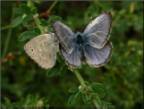
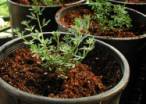
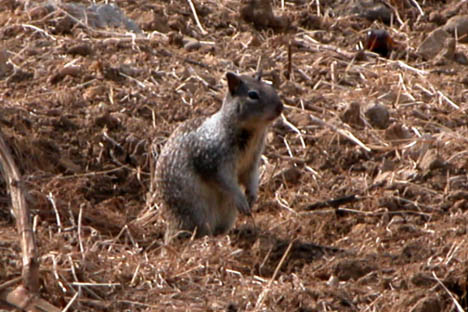



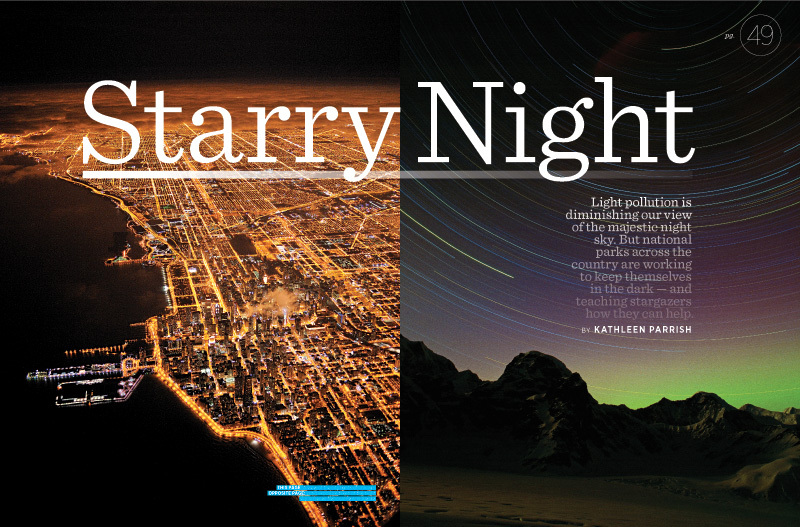
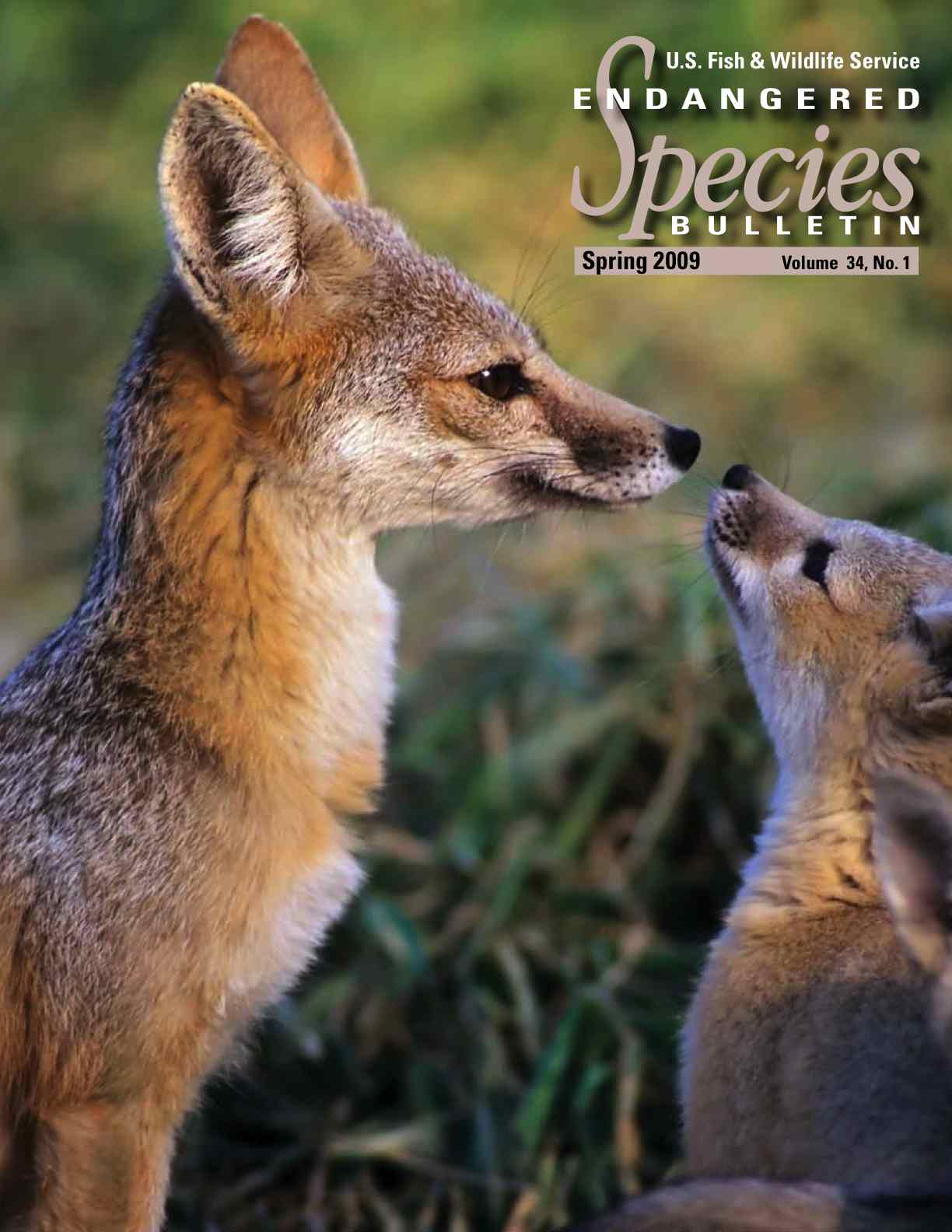
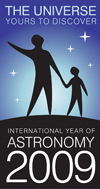
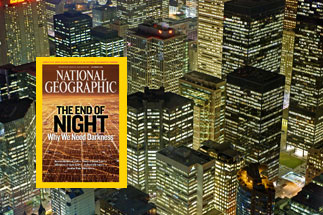

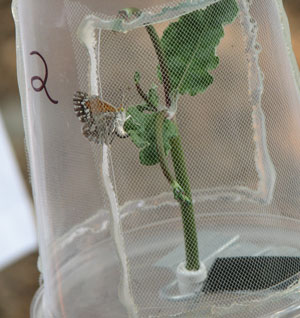
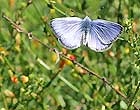
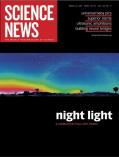
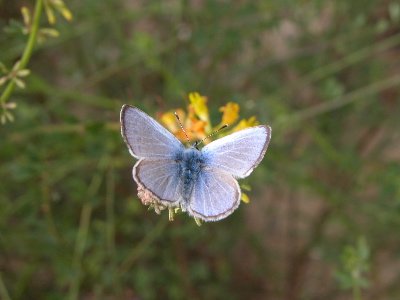 larval
host plants. The Urban Wildlands Group is coordinating surveys
for adult butterflies and rearing a captive population for the
Defense Logistics Agency. The site is not open to the public but
high-resolution photographs are
larval
host plants. The Urban Wildlands Group is coordinating surveys
for adult butterflies and rearing a captive population for the
Defense Logistics Agency. The site is not open to the public but
high-resolution photographs are  September
17, 2005 -- Science Director Travis Longcore addressed
the
September
17, 2005 -- Science Director Travis Longcore addressed
the 